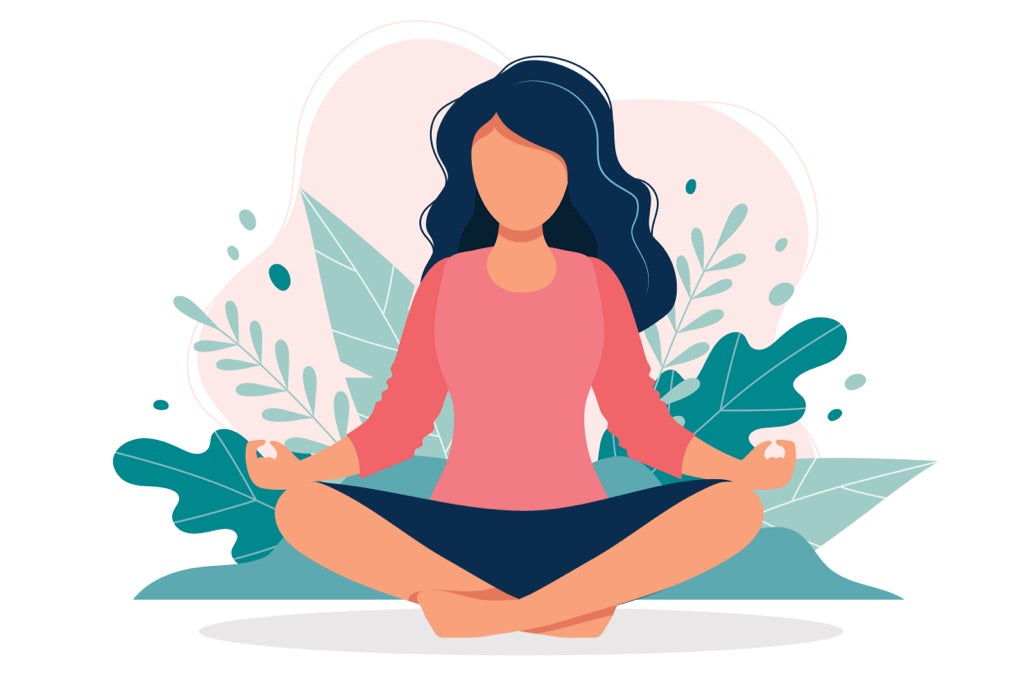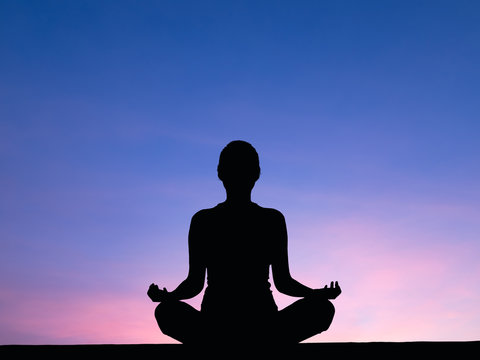A Step-by-Step Technique on How to Meditate? for Stress and anxiety Alleviation
A Step-by-Step Technique on How to Meditate? for Stress and anxiety Alleviation
Blog Article
How to Meditate: A Step-by-Step Approach to Getting Mindfulness and Calm
Reflection serves as an effective tool for accomplishing mindfulness and psychological calmness in a hectic world. By comprehending the fundamental principles and techniques associated with meditation, people can grow a practice that improves their total wellness. This conversation will describe vital steps, from creating a favorable atmosphere to integrating reflection into daily routines. As we explore these parts, it becomes clear that the trip to mindfulness is not just concerning the act of being in silence, however instead regarding cultivating a deeper link with oneself and the globe around us. What might this change entail?
Understanding Meditation
Comprehending reflection entails comprehending its fundamental principles and strategies, which function as the foundation for the practice. At its core, meditation is a psychological exercise focused on advertising leisure, developing inner energy, and creating empathy and insight. The technique urges individuals to focus their attention, usually through strategies such as deep breathing, visualization, or concept repetition.
Reflection can be classified into numerous designs, including mindfulness, transcendental, and loving-kindness meditation, each with distinctive objectives and approaches. Mindfulness meditation stresses present-moment understanding and non-judgmental observation of thoughts and feelings, while copyright entails the usage of particular rules to transcend average idea processes. Loving-kindness meditation concentrates on creating a perspective of love and compassion towards oneself and others.
No matter the strategy employed, the key objective stays constant: to grow a deeper understanding of the mind and its patterns. This self-awareness promotes emotional resilience, clarity of idea, and an extensive sense of tranquility (How to meditate?). By understanding these concepts and strategies, people lay the foundation for a successful reflection practice that can considerably boost their general wellness
Planning For Your Technique
Prior to starting your reflection practice, it is vital to develop an environment favorable to concentrate and leisure. Make certain that the area is tidy and free of clutter, as a tidy atmosphere can aid remove the mind.
Consider the lighting, as natural light can boost your state of mind and energy. Soft, warm illumination is usually extra relaxing than severe fluorescent lights. In addition, choose a comfy temperature, making certain that you are neither also warm neither as well cold.
Including components that advertise harmony can even more boost your experience. This may include soft cushions or coverings for convenience, as well as calming scents from necessary oils or incense. It can also be advantageous to have actually a timer set for your meditation session to avoid disturbances from clock-watching.
Standard Meditation Methods

One more reliable technique is body check meditation. This entails mentally checking your body from head to toe, discovering any areas of tension or pain and knowingly relaxing those muscular tissues. This technique promotes a deeper connection in between your mind and body.

Last but not least, loving-kindness meditation concentrates on growing empathy towards on your own and others. Silently repeat phrases of goodwill, boosting emotional well-being and interconnectedness. Each of these techniques works as a foundation for your meditation journey, allowing you to find the approach that reverberates finest with your personal technique.
Maintaining Focus and Mindfulness

Establishing a dedicated reflection room can boost the ability to keep mindfulness. A peaceful, minimalist atmosphere minimizes disturbances, permitting deeper immersion in the technique. In addition, establishing a time limitation can help take care of assumptions; starting with much shorter sessions might relieve the transition into longer techniques.
Utilizing strategies such as body scanning or observing feelings can additionally boost mindfulness. These methods urge experts to stay existing and engaged with their physicality, securing their attention in the minute. Regular method is necessary; the brain develops durability over time, developing a more powerful capability for focus.
Incorporating Meditation Into Daily Life
Including meditation right into day-to-day life can transform regular tasks into opportunities for mindfulness and self-reflection. By incorporating mindfulness practices right into common jobs, people can grow a better sense of existence and serenity among the numerous hours of daily life.
Begin by identifying moments throughout your day where you can practice and pause mindfulness. Also mundane tasks like strolling or washing recipes can become opportunities for meditation by directing your attention to the feelings of activity and the sounds bordering you.
In addition, reserving committed times for meditation can strengthen its technique. Start with short sessions, slowly raising duration as you become a lot more comfortable. Usage tips or signs-- like a particular time of day navigate here or a relaxing audio-- to develop uniformity.
Inevitably, the goal is to weave mindfulness right into the go to this site material of day-to-day life, permitting you to approach each minute with intention, consequently boosting your general sense of health and quality.
Verdict
In conclusion, effective meditation calls for a quiet environment, a comfy placement, and an emphasis on the breath. Routine meditation, also in brief sessions, fosters a much deeper link to the present minute, ultimately leading to better tranquility and psychological clarity in day-to-day life.
Meditation can be categorized into numerous styles, including mindfulness, transcendental, and loving-kindness meditation, each with unique objectives and techniques. Mindfulness meditation stresses present-moment understanding and non-judgmental observation of thoughts and sensations, while transcendental reflection entails the use of particular concepts to transcend average thought procedures.With your meditation space prepared, it's time to discover numerous fundamental reflection strategies that can help cultivate mindfulness and internal peace.Continually maintaining emphasis and mindfulness throughout reflection can be difficult, specifically for those new to the practice.Developing a specialized meditation space can boost the ability to keep mindfulness.
Report this page